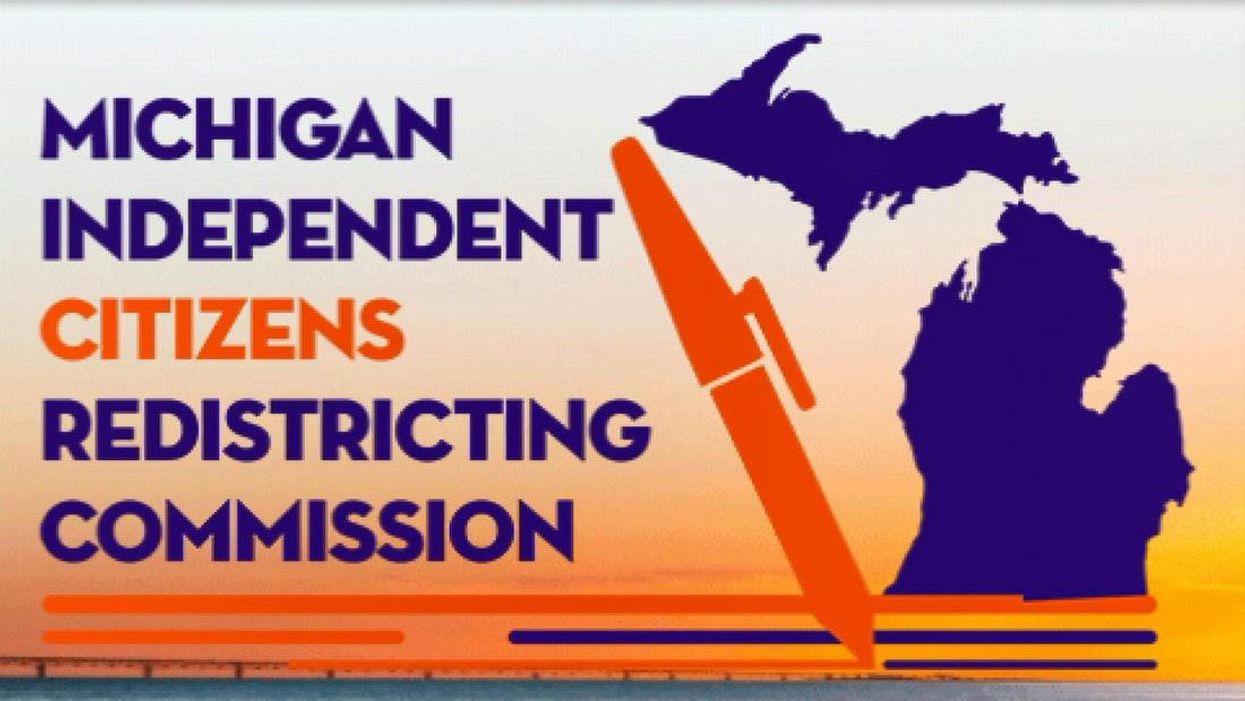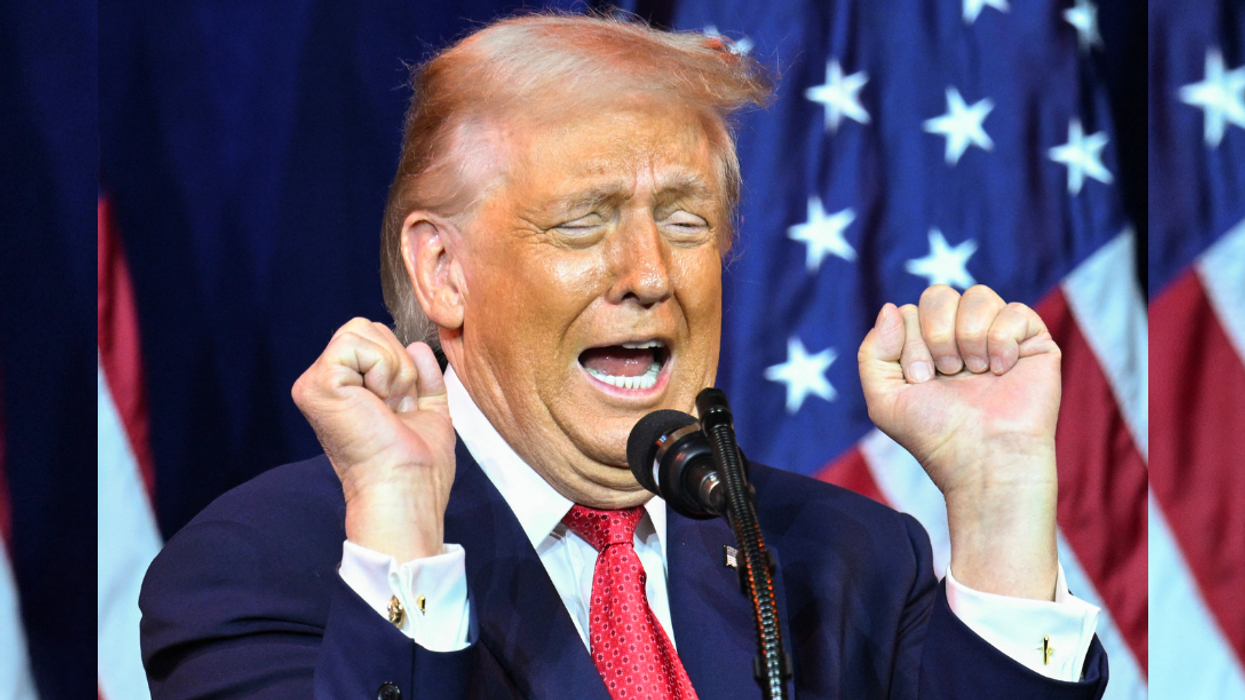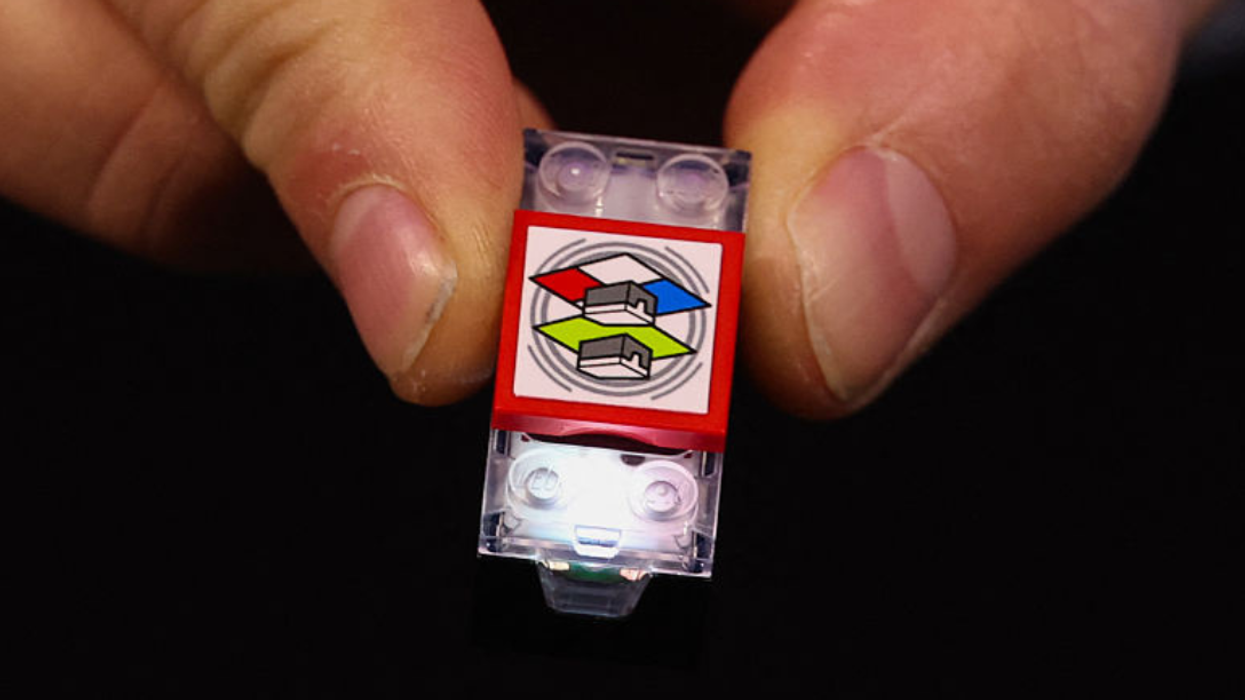For all the horror stories about partisan gerrymandering in states like Ohio, Wisconsin and North Carolina, the state of Michigan now stands out as a rare and fine exception. This is a story of grassroots organizing, common sense solutions, and the will of the people prevailing. And it’s worth emulating wherever we can.
It all began, as many things do these days, with a Facebook post by a woman named Katie Fahey back in 2016. “I’d like to take on gerrymandering in Michigan,” Fahey wrote. “If you’re interested in doing this as well, please let me know.” Before long, this became a 5,000 member strong organization called “Voters Not Politicians.” They organized a ballot initiative, mocked gerrymandered districts by dressing up in costumes as them, and despite GOP efforts to block the initiative, prevailed before the state Supreme Court to get their initiative on the ballot then won a landslide victory in November 2018, with 61 percent in favor.
The 13-person Michigan Independent Citizens Redistricting Commission was designed to have only volunteers on it, not politicians, and those volunteers would be drawn at random. Any map to be approved (and there would be three—one for Congressional districts, one for state senate seats, and one for state house seats) would have to win an overall majority from the Commission and the support of at least two Democrats, two Republicans, and two Independents on it, or what the Commission calls a “2-2-2” majority.
The maps that the Commission created and released Tuesday each won that 2-2-2 approval from its members on the first round of voting, though by slightly different margins demonstrating there was not complete unanimity (but that’s democracy for you). And while there will be legal challenges, the maps are likely to hold because they are fundamentally fairer.
When drawing political maps, experts often look at something called the “efficiency gap” (EG) which is a fancy way of saying “wasted votes.” Votes wind up being “wasted” when groups such as African Americans are “packed” into a district so heavily that those votes, which could have been counted in another district not so crazily drawn, wind up being useless padding. A gap of over 8 percent is often a red flag to experts that a district is highly gerrymandered.
According to an analysis by The Detroit News, the new state house map has an EG of 4.3 percent favoring Republicans but is expected to create districts that could produce 57 Democratic Seats and 53 Republican ones—a majority for the Democrats. Compare that to the current map which gives the GOP a 58-52 majority in the state House. (If you’re wondering why there’s still a efficiency gap, there’s a non-sinister reason: Wasted votes are simply more common among Democrats because they tend to live together in large urban areas.) The state senate map has an EG of 3.3 percent favoring Republicans but is still expected to yield 20 Democratic and 18 Republican seats, compared to the 22-16 majority the Republicans now have. And the Congressional districts map has a 0.6 percent efficiency favoring Republicans slightly but is expected to produce roughly seven Democratic and six Republican Congressional House seats. (Michigan was split seven and seven in their Congressional delegation between the two parties prior to the census, but it lost one seat during reapportionment, and it is likely a Republican one.) It should be noted that while these representative breakdowns are likely predictions, the Congressional map includes three “toss-up” seats where the margin in 2020 was less than five percent, and two that were decided by less than 10 percent. Thus, in a “wave year” these could in theory flip to the other side.
Michigan has trended blue in statewide elections for the past few cycles, with Democrats carrying the state in presidential elections, governor races and U.S. Senate races. As the New York Times noted, in 2014 Gary Peters won the whole state by more than 13 percentage points, but due to partisan gerrymandering the GOP still expanded its supermajority to 27 of the 38 state senate seats. Presently, the GOP has a 22-16 edge in the state senate despite Gov. Gretchen Whitmer winning the governorship by nearly 10 points in 2018. The new maps unquestionably will more fairly and proportionally represent the will of the Michigan voters.
The maps are not without their detractors on both the left and the right. Some Black voting rights advocates are threatening suit because the new maps unpack some of the Detroit areas and could erode chances of securing safe African American seats in what were once majority but are now just plurality Black districts. The GOP for its part stated it is “evaluating all options to take steps necessary to defend the votes silenced by this commission.” In my experience, however, when neither side is happy with an outcome it’s probably a good or at least close to a good compromise.
Importantly, a less extreme state legislature in a key swing state like Michigan would provide a critical bulwark in 2024 against the kind of electoral shenanigans we saw in 2020. The notion that heavily gerrymandered state house majorities can somehow thwart the will of the voters and appoint their own slates of electors may have once seemed fanciful, but it is precisely what Trump and his allies were attempting to do. Reducing gerrymandering means fewer extremists who are guaranteed their seats. It specifically also means a more evenly divided state legislature where radical, anti-democratic laws won’t fly as easily. In short, Michigan is demonstrating that the way to fix democracy is to first fix the way we pick our leaders.
What Michigan also showed us is that persistence by a group of citizens can pay off and restore fairness to a broken system. Not every independent commission succeeds, and some in Ohio and possibly now in New York are simply ignored for the sake of partisan power grabs. But other states and their citizen activists should certainly look to Michigan as a model for what is possible.
For more political analysis, check out the Status Kuo newsletter.
















 @theshaderoom/Instagram
@theshaderoom/Instagram @theshaderoom/Instagram
@theshaderoom/Instagram @theshaderoom/Instagram
@theshaderoom/Instagram @theshaderoom/Instagram
@theshaderoom/Instagram @theshaderoom/Instagram
@theshaderoom/Instagram @theshaderoom/Instagram
@theshaderoom/Instagram @theshaderoom/Instagram
@theshaderoom/Instagram @theshaderoom/Instagram
@theshaderoom/Instagram @theshaderoom/Instagram
@theshaderoom/Instagram @theshaderoom/Instagram
@theshaderoom/Instagram @theshaderoom/Instagram
@theshaderoom/Instagram @theshaderoom/Instagram
@theshaderoom/Instagram @theshaderoom/Instagram
@theshaderoom/Instagram @theshaderoom/Instagram
@theshaderoom/Instagram @theshaderoom/Instagram
@theshaderoom/Instagram @theshaderoom/Instagram
@theshaderoom/Instagram @theshaderoom/Instagram
@theshaderoom/Instagram